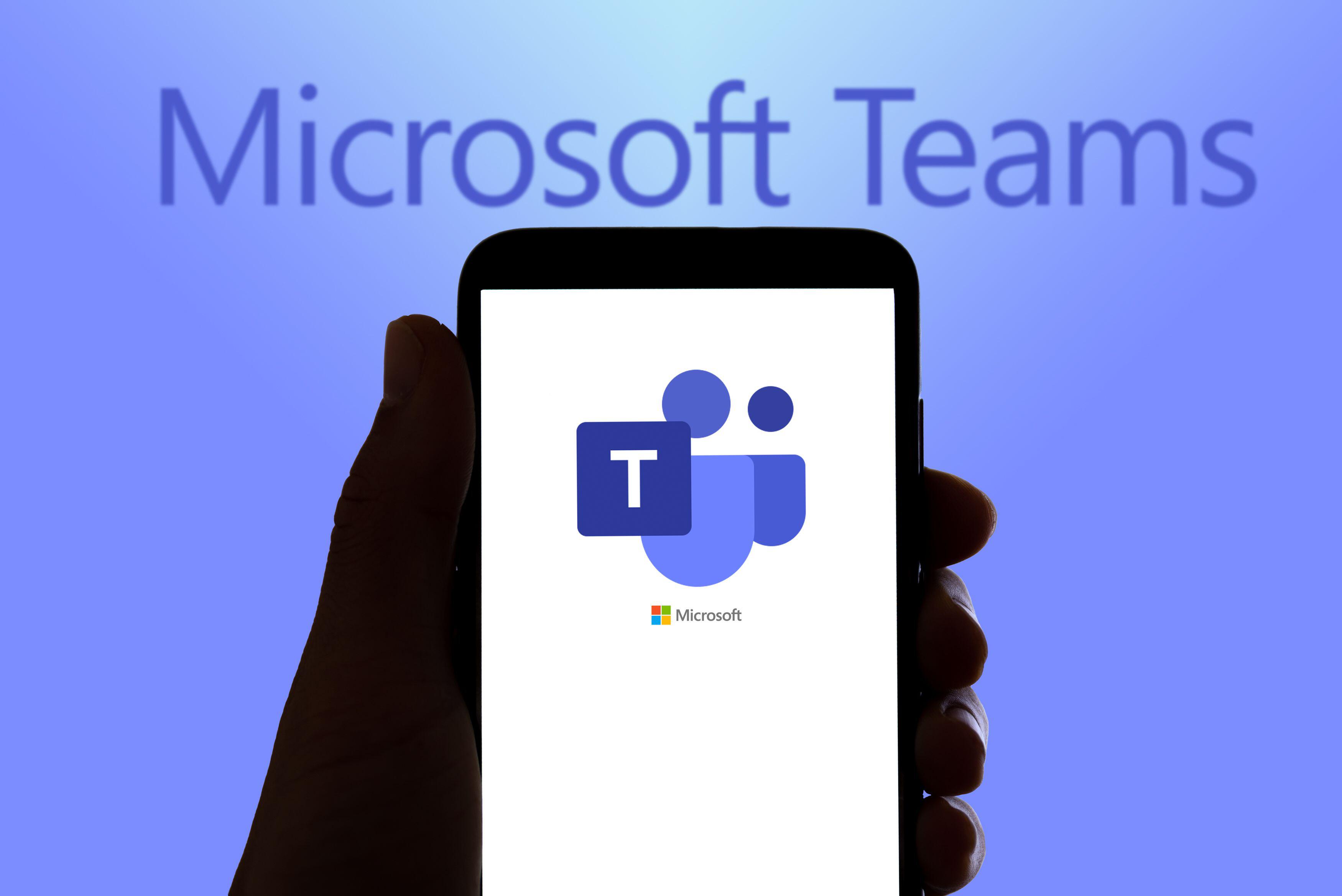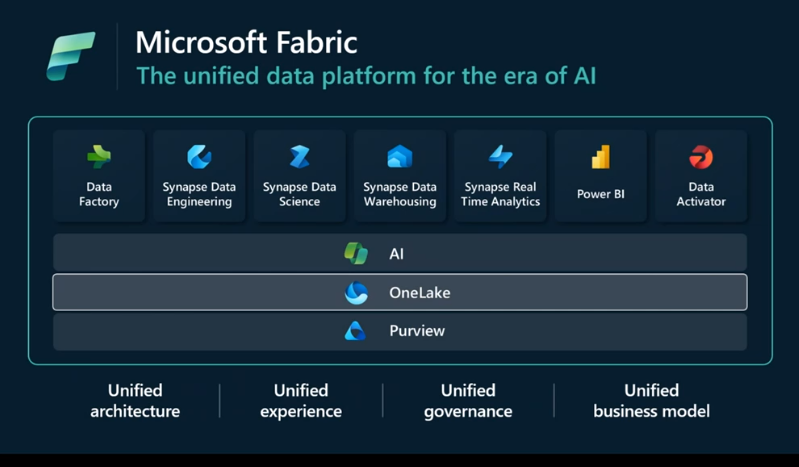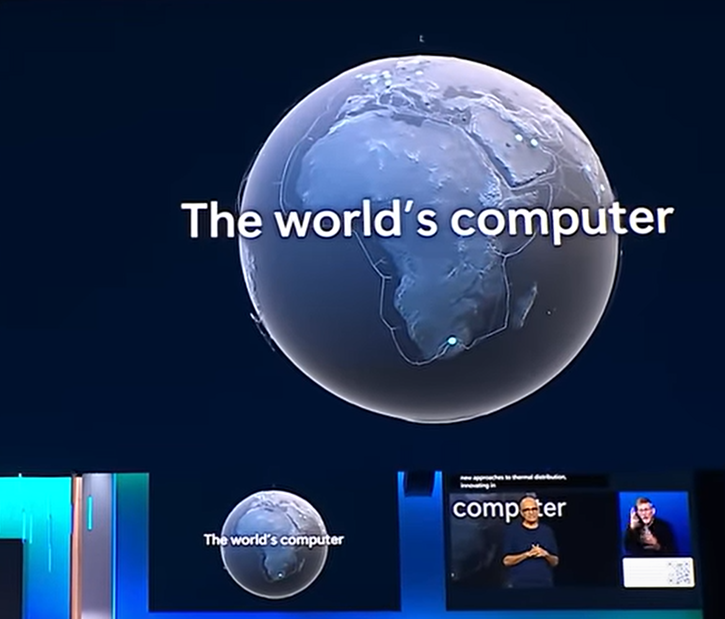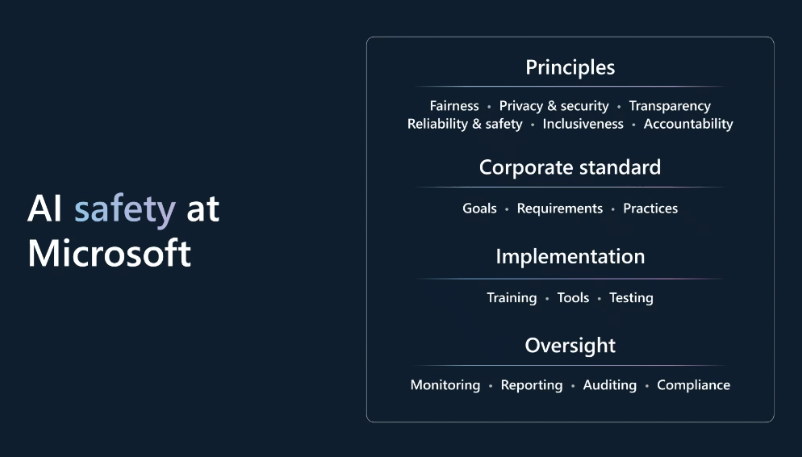Microsoft's flagship conference Ignite is worth paying attention to because the announcements at Ignite shape product roadmaps for the upcoming years; as such, analyzing the foundational Ignite announcements provides insight into how Microsoft Teams is likely to evolve. In conjunction with the event itself, Microsoft releases a “Book of News” which summarizes the key announcements from the conference. By looking at both the Book of News and the contents of keynote and breakout sessions, it’s possible to see what Microsoft is planning for Teams. Let’s take a look.
From Keynote to Blogs, Copilot Reigned
The big brand theme of the event was Copilot. Microsoft's CEO, Nadella, declared this time as “the age of copilots” during his keynote address and going further declared Microsoft as the “Copilot company.” Copilots, the industry name for generative AI tools that can produce text, code, and other content, sumarize, and simplify access to application features, are the new user interface “that helps us gain access to the world’s knowledge and your organization’s knowledge,” according to Nadella.
(Historical note: At Ignite 2021 Nadella declared it “the year of Microsoft Teams.”)
Copilot capabilities are being added to almost every Microsoft product, from Shifts for frontline workers, to Planner, to Azure, and of course to Teams. And Copilot popped up frequently in the Book of News: The term "Copilot" was mentioned nearly three hundred times.
Microsoft as a Platform Company
Insight into longer-term Teams capabilities is often found in the more detailed breakout sessions, as opposed to the keynotes.
Teams has always been a platform built on the foundation of the Office application and Azure capabilities. For better or for worse, Teams inherits the strong scalability, security, retention, and compliance capabilities of this foundation along with the foundational attributes that make cross-organization identity and sharing more challenging and complex.
While Copilot was mentioned almost 300 times, AI (artificial intelligence) was mentioned more, 339 times. Copilot was the “brand” of Ignite while AI enablement was the foundational focus.Unlike Zoom or Cisco Webex, Microsoft provides a complete set of tools to create, deploy, and extend AI applications and models. Microsoft uniquely has a complete set of data consolidation and management tools, the compute infrastructure to train and deploy sophisticated AI models, and the developer tools to create new models, extend existing models, and embed AI in existing application.
As a first part, Microsoft announced Microsoft Fabric which brings together a suite of tools to bring together all of your organization data wherever it may be. Microsoft Fabric is a comprehensive enterprise analytics solution, providing data science, real-time analytics, and business intelligence. It includes services like data lake, data engineering, and data integration.
Further, Microsoft operates what Nadella calls “Azure as the world’s computer” providing the computing power to train custom models or use large models to perform inferencing in order to assist with specific tasks. According to Nadella, Microsoft provides “…the most comprehensive global infrastructure with more than 60 data center regions, more than any other provider…”. Nadella spent over 15 minutes of his keynote describing how Microsoft is scaling Azure, including by creating its own CPU, Cobalt 100, partnering with NVIDIA, and announcing Microsoft’s first custom in-house AI accelerator chip, Maya 100.
This scaling work is clearly paying off. Nadella said that “… in the latest top 500 list of the world’s supercomputers, Azure was the most powerful supercomputer in the public cloud, and third, all up...”
Azure AI Studio is the toolset that Microsoft provides to help you build, customize, train, evaluate and deploy the latest next generation AI models. It also includes built in safety tooling. Responsible AI is a key focus for Microsoft, and this was reflected in many Ignite sessions.
Copilot Studio was another announced tool that builds on the low-code capabilities of the Power Platform to allow business users the ability to extend and enhance Copilot capabilities. (Power Virtual Agents was transformed into Copilot Studio.)
Teams: The Hub Where Work Gets Done With AI
Based on the high-level Coplilot, Teams-specific implementation we see already, plus other foundational technology announcements made at Ignite 2023, Teams is likely to evolve in three primary directions over the next several years:
- Teams will be the communication and collaboration portal. This will include Teams supporting all types of synchronous calls, meetings, webinars, chats, conferences, virtual and augmented reality experiences. This will also include supporting an increasing format of asynchronous interactions including text messaging, co-edited Loop components, video messaging, co-edited documents, and immersive spaces, where we can explore and manipulate the environment at different times.
Expect to launch Outlook, Word, Excel, or PowerPoint directly less and less, and ultimately never. Expect many third-party applications, including some current competitors, to allow their unique capabilities to be subsumed into Teams.
- Whether via text or voice, almost every interaction with Teams will provide an option for a Copilot AI assistant to help. An increasing number of interactions with Copilot will be proactive versus reactive; Copilot will be reminding you (or asking you questions) versus waiting for you to “prompt”.
With Teams being the primary portal, Teams will become the launchpad for describing what you need. The boundaries between applications will blur (akin, but more powerfully, to how Loop is both an application and components). Third-party applications and their branding will get “swallowed up” by Copilot AI. AI favors a consolidated, centralized data and application model.
- Increasingly, organization-specific workflows and knowledge will be surfaced through Teams. Pro devs will use Microsoft Fabric, Azure AI Studio, and Visual Studio to create new AI models and applications that leverage these models and “plug into” Teams. Citizen developers will leverage Copilot Studio to allow Copilot to access unique datasets and provide domain-specific answers and advice.
Generative AI such as Copilot is new and changing quickly. Some of the features demonstrated at Ignite are available today and some are aspirational. Some of the demos were live and some were “mock ups.”.
Copilot will improve and change Teams and has the potential to unlock a measurable increase in both user productivity and user satisfaction. Now is a great time to educate yourself and to experiment.
At Enterprise Connect 2024, I’ll be leading the session, “Microsoft Teams Copilot: Is It Ready for Your Enterprise (And Are You Ready for It)?” on Monday, March 25, at 9 a.m. and I’ll be co-presenting with Omdia’s Brent Kelley, “Navigating the LLM Landscape in UCaaS: Understanding and Leveraging AI-Powered Features,” on Wednesday, March 27, at 2 p.m.













